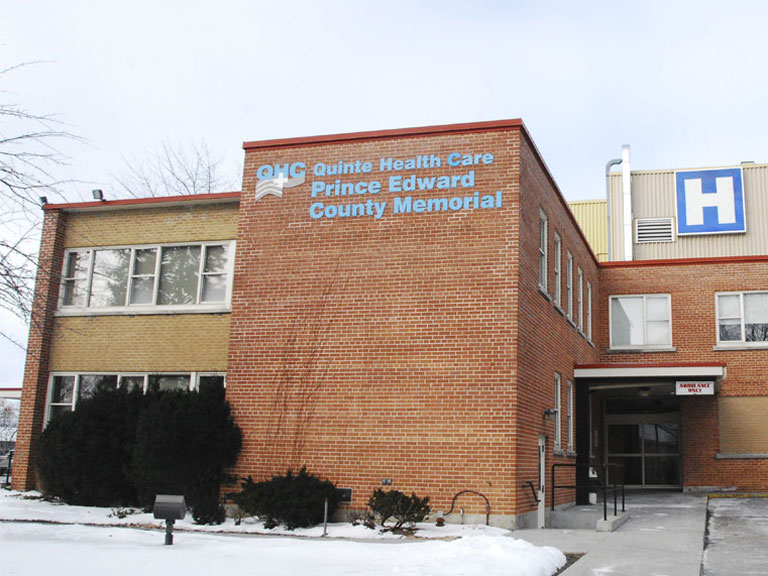County News
Carrot and stick

LHIN spending $1.5 million to reduce wait times
The wait list for some basic hospital services remains unacceptably long, according to the head of the SouthEast Local Healthcare Integration Network (LHIN). Paul Huras wants hospitals in the region to clean up the wait lists for knee and hip surgeries as well as some diagnostic imaging, including MRI and CT scans. Patients are waiting as long as 400 days for these services in this region—some are dying of other causes before reaching their turn in the queue.
Earlier this month, the SouthEast LHIN announced it was spending an additional $1.5 million of one-time money aimed at reducing wait times for these four procedures and surgeries across the region’s hospitals. The money will be used to process higher volumes of these services.
“We have to clean up this wait list,” said Huras in an interview with The Times. “That is the short-term benefit.”
But Huras is also looking for a commitment from the region’s hospitals to create a common intake assessment and referral system— where patients requiring one of these services, across the LHIN region, will be listed on one system.
“Family doctors can then show patients that they can get the procedure or scan done quicker if they were willing to travel,” said Huras. “It will make this referral system much more effective. The idea is that over the long term, this will help lower wait times.”
PROGRESS REVISITED
When the LHINs were formed in 2005, the province hoped that by moving funding control out of Toronto to the regions, it could impose more accountability from the array of healthcare agencies and hospitals, like QHC, that were chronically overbudget. Queen’s Park believed this could be done better closer to the communities— that a tighter grip on funding and by extracting savings through tighter integration of services and reduced duplication, it could ease the pressure on rising healthcare system costs.
A decade later, the results are mixed. According to the Canadian Institute for Health Information—healthcare costs per person in Ontario continues to rise, but at a slower pace than the rest of Canada.
 Huras is the founding CEO of the LHIN that reaches from Cornwall to Brighton and north to Bancroft and Perth. He rejects the characterization that the LHIN, a decade after it was formed, is spending money to fix a wait list problem that might have been eased sooner by tighter integration between hospitals.
Huras is the founding CEO of the LHIN that reaches from Cornwall to Brighton and north to Bancroft and Perth. He rejects the characterization that the LHIN, a decade after it was formed, is spending money to fix a wait list problem that might have been eased sooner by tighter integration between hospitals.
“I don’t believe throwing money at a problem is effective,” said Huras. “But I don’t mind investing with one-time money looking to deliver a return. I am hoping to use this money to make changes that will end upmaking the system work better and ultimately produce a return in the form of savings.”
But neither is Huras satisfied with the pace of integration between hospitals in the region.
He says there has been progress in integrating back -office functions such as IT services, supply chain management and non-urgent transportation. But he adds that these successes have been harder to repeat on the patient care side.
“Healthcare is a people industry,” said Huras. “It is more than numbers. We need to have discussions to present the opportunities. That takes time.”
He says, too, that the LHIN has limited ability to impose change.
“We don’t tell hospitals what they will do,” said Huras. “We work with hospitals in getting them on board. And changes are being made. They just take longer.”
Are we closer than we were 10 years ago in extracting savings from the $1.1 billion the SouthEast LHIN receives in funding annually?
“I’d be hard pressed to tell you we are closer,” said Huras. “We are closer to the goal of improving services and service delivery, but likely not closer to achieving the numerical savings.”
Part of Huras’s challenge is that any savings the LHIN extracts flows back to the province. Instead, he reinvests in opportunities to make the SouthEast system work better.
“The money is allocated to the SouthEast I want it to stay in the SouthEast,” said Huras.

Comments (0)